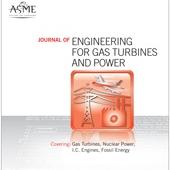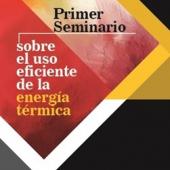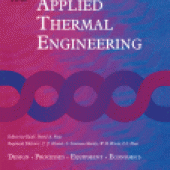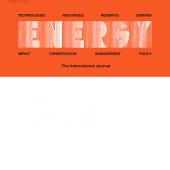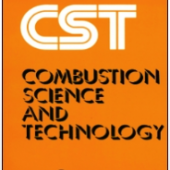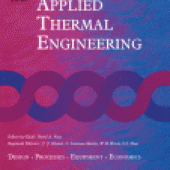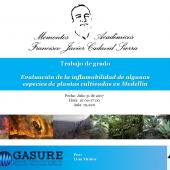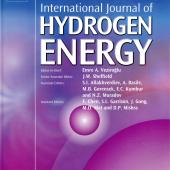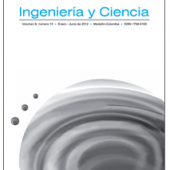Analysis of water-fuel ratio variation in a gas turbine with a wet-compressor system by change in fuel composition
The wet compressor (WC) has become a reliable way to reduce gas emissions and increase gas turbine efficiency. However, fuel source diversification in the short and medium terms presents a challenge for gas turbine operators to know how the wet compressor will respond to changes in fuel composition. For this study, we assessed the operational data of two thermal power generators, with outputs of 610 MW and 300 MW, in Colombia.









